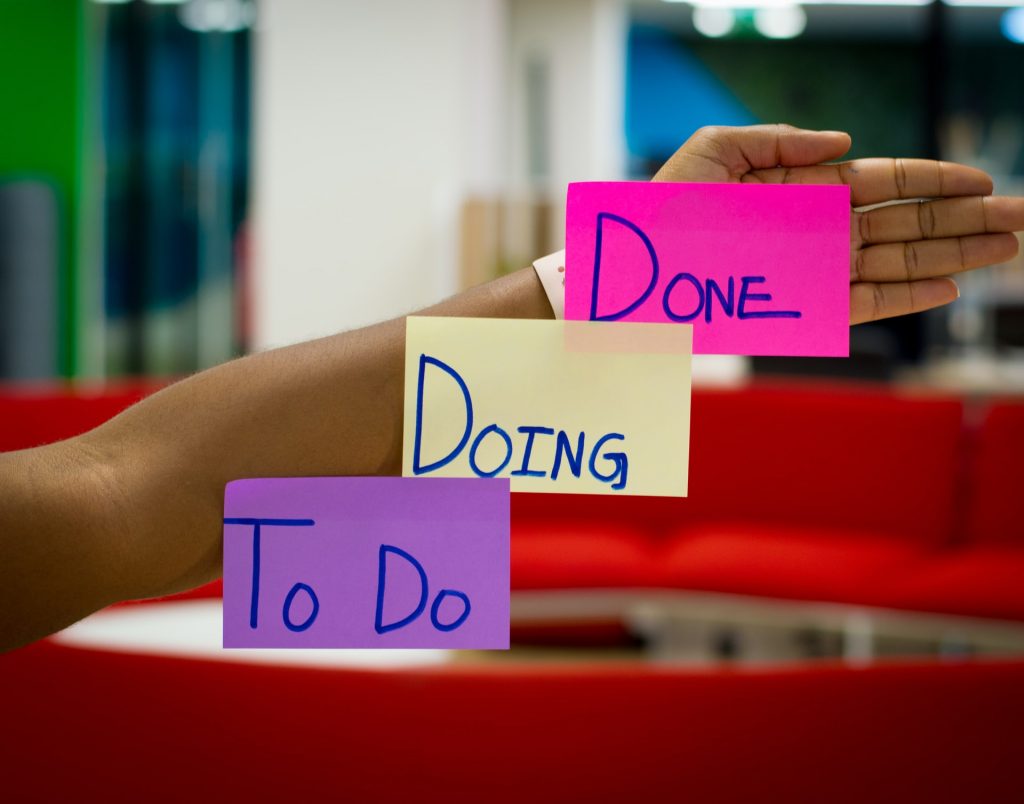WIMTACH’s Workshop Series: Agile Methodology and Scrum Framework training session provides information on four core values for success

Agile methodology is a framework that many Information Technology (IT) specialists use on a regular basis. The Agile Manifesto, the core of the Agile Methodology, states four “core values” that sustain the whole methodology. These values that make Agile Methodology effective and productive for IT specialists are: individuals and interactions over processes and tools, working software over comprehensive documentation, collaboration over contract negotiation and responding to change over following a plan. The core idea behind the Agile Methodology is breaking up the work process into phases and delivering working software in continuous iterations. This approach allows for more accurate completion of tasks while simultaneously increasing the project’s speed. Agile methodology has been used by companies worldwide, proving its effectiveness. Therefore, Andrea Cavalheiro, a Project Coordinator at WIMTACH, is conducting the Agile Methodology and Scrum Framework workshop.
As the workshop started on the 2nd of June, Andrea covered the basics of the Agile Methodology. Apart from the core values above, she instructed the audience on the 12 principles that outline what Agile Methodology is. “Is it necessary to memorize all these principles and values, or only some are important,” asked one of the participants. Andrea responded by saying, they will not always use and apply all of these principles simultaneously, but you will need to know them if you are working on Agile projects. “As the tasks your team is completing will change in each iteration, all principles will be necessary at some point, and it’s better to grasp the concept entirely and apply them when needed,” she said.
Andrea continued, transitioning to her next topic. She stated that Agile Methodology is the basis for developing a Scrum Framework. The Scrum Framework is a unique approach to completing tasks and meeting objectives in a complex environment. “Scrum will let your team complete complicated tasks quickly, effectively and most importantly, iteratively,” said Andrea. “Scrum is a lightweight framework that helps people, teams, and organizations generate value through adaptive solutions for complex problems,” as stated in the scrum guide. The Scrum framework also has essential pillars of its own, including transparency, inspection and adaptation.
Later, Andrea thoroughly covered the actual Scrum Framework, explaining how each step is specifically designed to improve and optimize the problem-solving process. She explained the Scrum Roles, including roles such as the Product Owner, Developers and the Scrum Master. She carefully outlined how and why each part has its place so the participants would understand the required structure of the team. Afterward, she covered the process, explaining Scrum Artefacts, Events and ongoing activities. Then Andrea summarized all the aspects of the Scrum Framework and presented the visual infographic depicting how the whole process is carried out.
After closing the presentation, participants felt satisfied and were ready to utilize Scrum in their next project. “Scrum will make your work process easier just by organizing it in the best way possible,” said Andrea in her closing statement. She added that Scrum helps many companies and workers worldwide, and for many, it becomes the primary catalyst for success. All the participants expressed their gratitude and left the meeting with all the knowledge required to start utilizing the Scrum Framework.
For more stories, please visit: https://wimtach.centennialcollege.ca/news/


0